From cauliflower to wheat, and cilantro to garlic fall is the best season for these crops to be planted. As garlic is an essential ingredient of food, and used in the raw form as well, gardeners always want to try it. That’s why we are going to tell you about how to grow garlic in the fall.
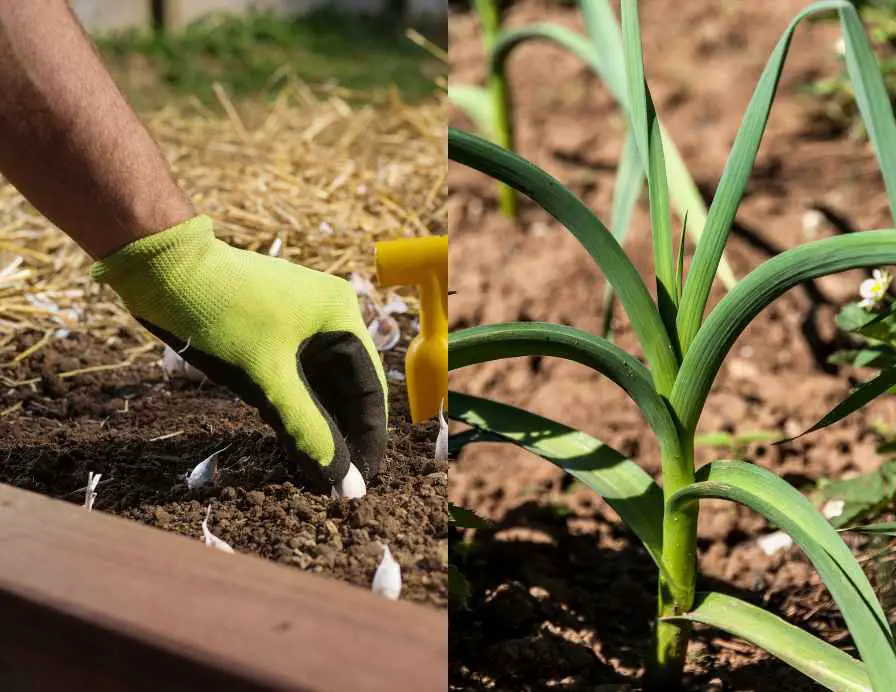
Growing Garlic in the Fall
Garlic is often planted in the autumn by gardeners because it gives the bulbs time to develop robust root systems before winter, which promotes healthy development and bigger cloves in the spring. In your yard, find a sunny place that receives plenty of drainage to plant garlic in the autumn.
Split the garlic bulb into individual cloves, keeping the papery skin on, and plant the cloves in rows with the pointy end up, about 2 inches deep and 4-6 inches apart. To shield the cloves from excessive cold and to keep weeds at bay, cover the area with straw or leaves.
Since garlic bulbs need a period of low temperatures, autumn planting is usually the best option. For flavorful, homegrown garlic that is ready to elevate your culinary creations, harvest your garlic when the lower leaves turn yellow and begin to dry, which is often in the early to midsummer months.
Things to Consider While Growing Garlic in Fall
Choose a garlic variety that is appropriate for your environment when planting it in the autumn, making sure it has enough time to take root before winter arrives. Plant in soil that drains well, add compost to nourish it and give it regular watering.
Mulch to prevent frost damage and to keep weeds at bay. For best flavor and storage quality, remove scapes for bigger bulbs and pick in July when lower leaves turn yellow.
How to Grow Garlic in the Fall?
Garlic is important in a gradient of the kitchen. In fall it is usually planted and it takes almost 6 months to grow well enough to be harvested. Here we are going to mention the whole process of planting the garlic in the fall so that you can easily follow it and get a good harvest.
When to Plant Garlic in the Fall
Garlic is frequently planted in the autumn because it gives the cloves time to develop roots before the ground freezes, resulting in a stronger and healthier harvest the following year. The best time to plant garlic in the autumn varies. Garlic is typically planted 4–6 weeks before to the anticipated ground frost.
This occurs between late September and early November in the majority of temperate areas. Garlic cloves may be planted now and have enough time to establish robust root systems before winter arrives.
Select the Garlic Variety to Plant in the Fall
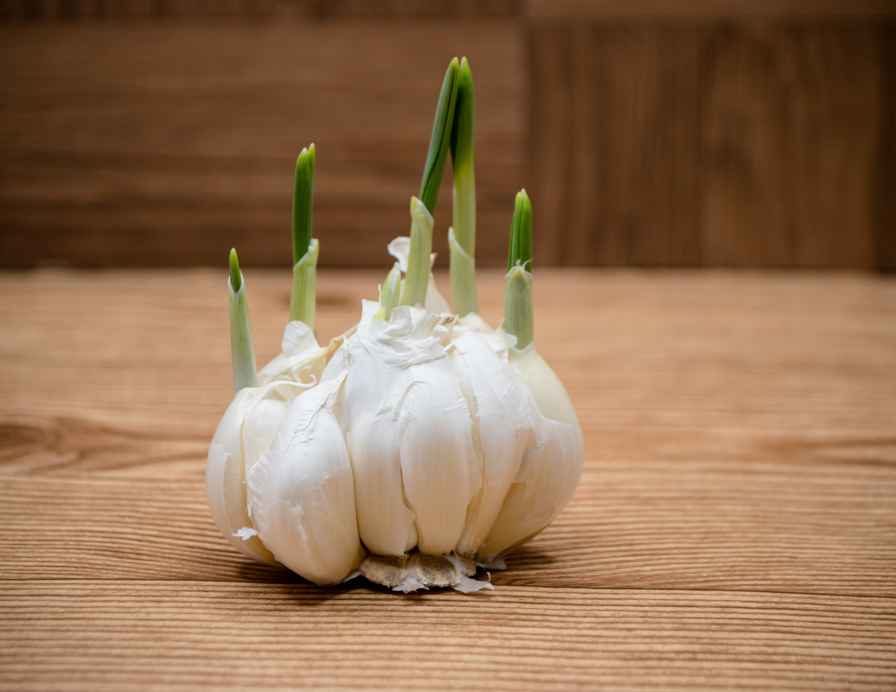
For a great harvest, choosing the proper garlic variety is essential when planting in the autumn. Garlic comes in two primary varieties: soft neck and hard neck. Various types of garlic flourish in various climates. Find out which garlic varieties have a good track record in your area.
The flavors of many garlic cultivars vary. Study the flavor characteristics of the types you are selecting whether you like a milder or more potent garlic flavor. Some types of garlic are resistant to common diseases like rust or white rot. If you choose resistant types, you can increase your chances of having a profitable harvest if these diseases are common where you live.
Preparing the Soil For Planting Garlic in the Fall
Choose a location in your garden that receives at least 6 to 8 hours of direct sunshine each day since garlic needs full sun. Maintain proper drainage to avoid waterlogging. Consider planting garlic on raised beds or adding organic matter to your soil to increase drainage if your soil doesn’t flow well.
With a pH between 6 and 7, neutral to slightly acidic soil is preferred for garlic. To make planting rows, use a rake. rows are spaced 12 to 18 inches apart. 4-6 inches should separate each garlic clove when arranged in a row.
Over the planting area, spread a layer of mulch, such as straw or leaves, that is 3–4 inches deep. Mulch aids in maintaining soil moisture, controlling weed growth, and maintaining soil temperature. The garlic cloves are additionally shielded from high temperatures by mulch.
Planting the Garlic Cloves
To plant, select healthy, high-quality garlic bulbs. They are available for purchase at neighborhood nurseries, farmers’ markets, or reliable internet seed retailers. Choose kinds that are regionally adapted to your climate wherever possible.
The two primary varieties of garlic are soft neck and hard neck, and each has distinct qualities.
Pick a location with sunny, well-drained soil. At least 6 to 8 hours a day must be spent in direct sunshine for garlic. Separate the garlic bulbs into their separate cloves with care. Each clove is protected by its papery skin, which also aids in disease prevention.
Plantation and Spacing of Garlic Cloves
Each clove should be planted approximately 2 inches (5 cm) deep, pointy end up. Rows should have the cloves spaced 4-6 inches (10-15 cm) apart.
Leave 12 to 18 inches (30 to 45 cm) between rows. This allows the garlic plants to spread out and improves ventilation, both of which help ward against illnesses.
After planting the cloves, cover them with dirt and then water them. To help the soil surrounding the cloves settle, thoroughly water the area.
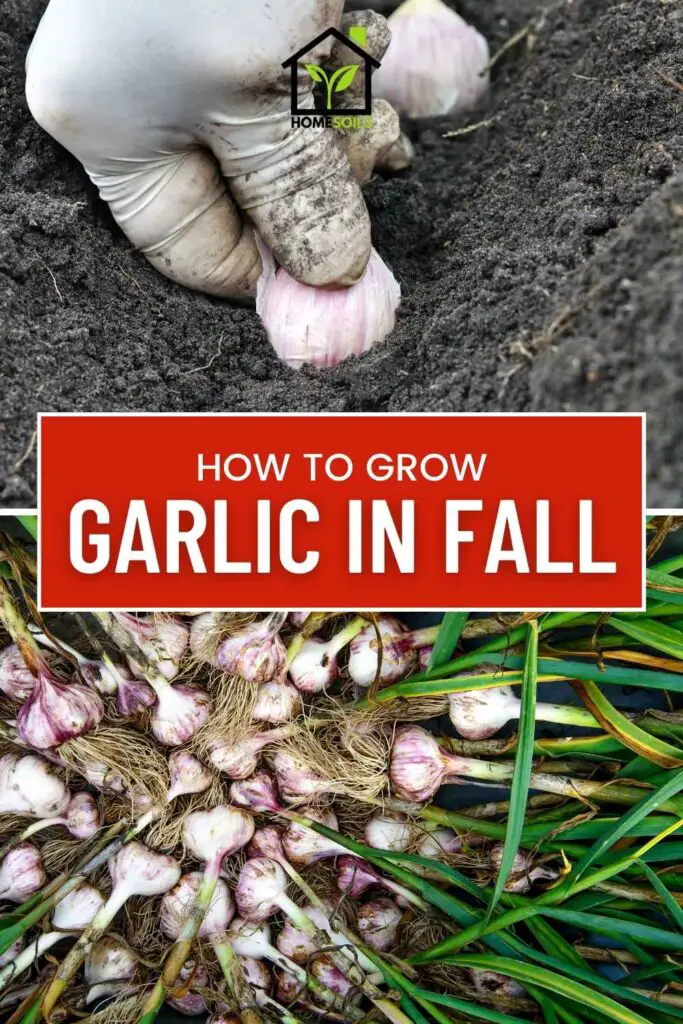
Caring the Garlic in The Fall
For a successful crop the following summer, care must be taken of garlic in the autumn. Here is a comprehensive instruction on how to take care of garlic during the fall season:
Management of Water
Garlic needs regular moisture to develop strong roots before winter, so monitor watering. Deeply and frequently water the garlic, especially during dry times. Make sure the soil is always wet but not soggy.
Management of Weeds
Garlic may compete with weeds for nutrients and water, so keep the area free of weeds. To lessen competition and encourage healthy garlic growth, routinely eradicate weeds from the garlic bed.
Mulching:
Cover the garlic plants with a layer of organic mulch, such as straw or leaves. Mulch reduces weed growth, stabilizes soil temperature swings, and aids in soil moisture conservation.
Apply a layer of mulch that is 3 to 4 inches (7 to 10 cm) thick over the garlic bed. To avoid rotting, make sure the mulch doesn’t directly contact the garlic stems.
Fertilization:
Fertilizers strong in nitrogen should be avoided in the autumn, even though garlic requires nutrition. A surplus of nitrogen may promote luxuriant leaf development at the expense of bulb growth.
Instead, add old manure or compost that has been properly decomposed to the soil. The delayed release of nutrients from these organic amendments encourages healthy bulb development.
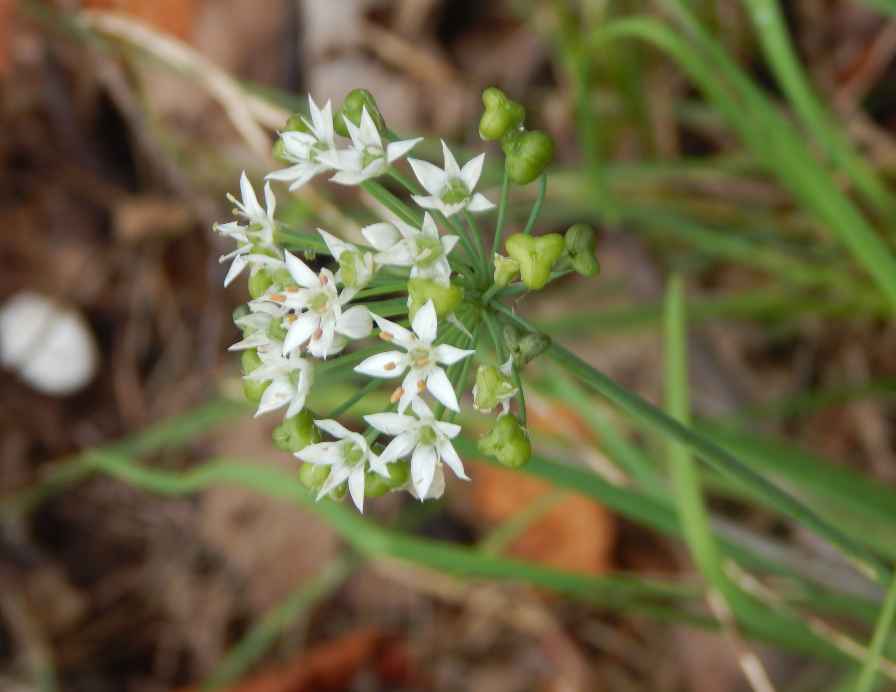
Disease Prevention For Garlic Plant
Hygiene
Pick off any yellowing or sickly leaves from the garlic plants. Maintaining good hygiene helps stop the spread of illnesses.
Avoid watering the garlic from above; instead, water it from the base to keep the leaves dry. Fungal infections can spread more readily on wet vegetation.
Mulch for Insulation
Cold Protection Before the first heavy frost in colder areas, cover the garlic bed with an additional layer of mulch. The insulation provided by this additional layer of mulch shields the garlic from cold temperatures.
Row Covers
To protect garlic in exceptionally cold locations, think about using row covers or frost cloth. To offer further warmth and security, row coverings can be put directly over the garlic bed.
Scaping (If Applicable)
Remove Scapes
Hard neck garlic types may develop scapes, which are curling flower stems, so remove them. To focus energy on bulb growth, some gardeners opt to eliminate the scapes.
Scapes can be used to prepare food and are edible. By getting rid of them, you can stop the plant from using energy to produce seeds.
Observation and Modification
Regular Inspection:
Check the garlic bed frequently for symptoms of infections or pests. Prompt intervention is made possible by early detection.
The care routine can be adjusted in accordance with the demands of the individual garlic plants and the local climate. Because every garden is different, it’s important to watch how your garlic responds to various gardening techniques.
Harvesting and Storing Garlic Planted in the Fall
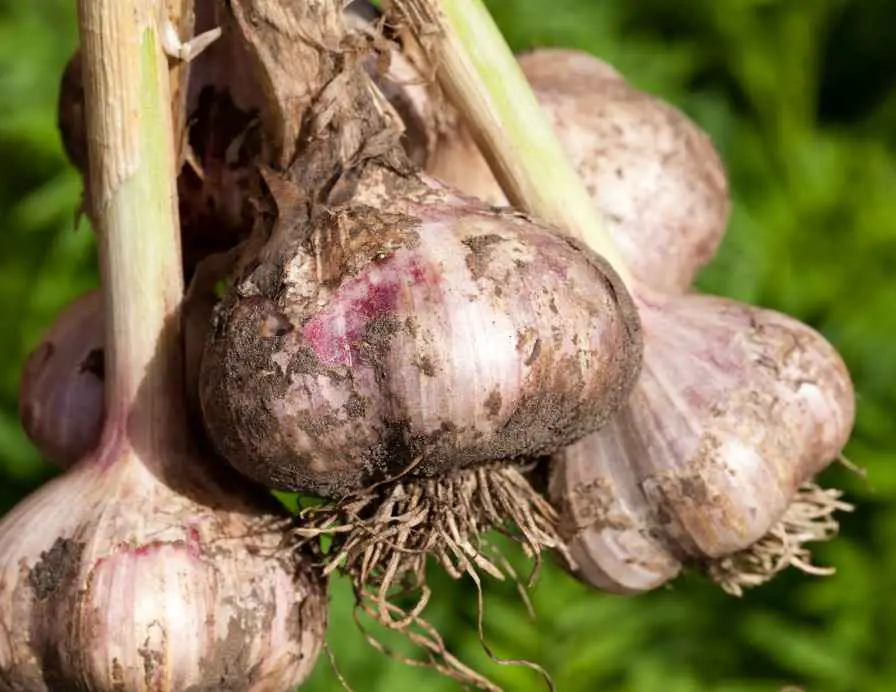
Harvesting and storing of garlic is a whole separate process. Here are the steps to follow:
Harvesting the Garlic
Approximately 6 to 9 months after being planted in the autumn, or in late spring or early summer, when approximately half of the leaves have gone yellow and begun to dry up, garlic is normally ready to be harvested.
To make picking easier, keep the soil just barely damp but not soggy. A day or two before, water the area. Use a garden fork or shovel to gradually remove the dirt surrounding the bulbs. Make sure not to harm the bulbs.
Lift the garlic bulbs from the ground with care. If the bulbs are difficult to move, carefully pull them using a garden fork. Brush the bulbs’ excess dirt away gently. They need to dry with their outer layers intact, so do not wash them.
Curing the Garlic
Hang the garlic bulbs in a well-ventilated, shady place away from the sun, tied in bunches or with the stems braided together. The best options are a covered porch, garage, or shed.
To avoid mold and rot, make sure there is adequate airflow during curing. If required, you can utilize fans to enhance airflow.
Trim the roots and trim the stems to about an inch above the bulb after curing. Remove any skin layers that are loose or damaged as well.
Storage of Garlic
The cured garlic bulbs should be kept in an area that is cold, dry, and well-ventilated. They can be kept in mesh bags, hanging braids, or stacked one on top of the other on a shelf or rack.
With a rseasonable humidity level, ideal storage conditions are between 60 and 65°F (15-18°C). Garlic shouldn’t be kept in the refrigerator since it may sprout.
In short, garlic is an easy yet time-consuming vegetable to plant. As in fall, the growth is slow, but it provides a great resource to the kitchen and keeps the person active.

